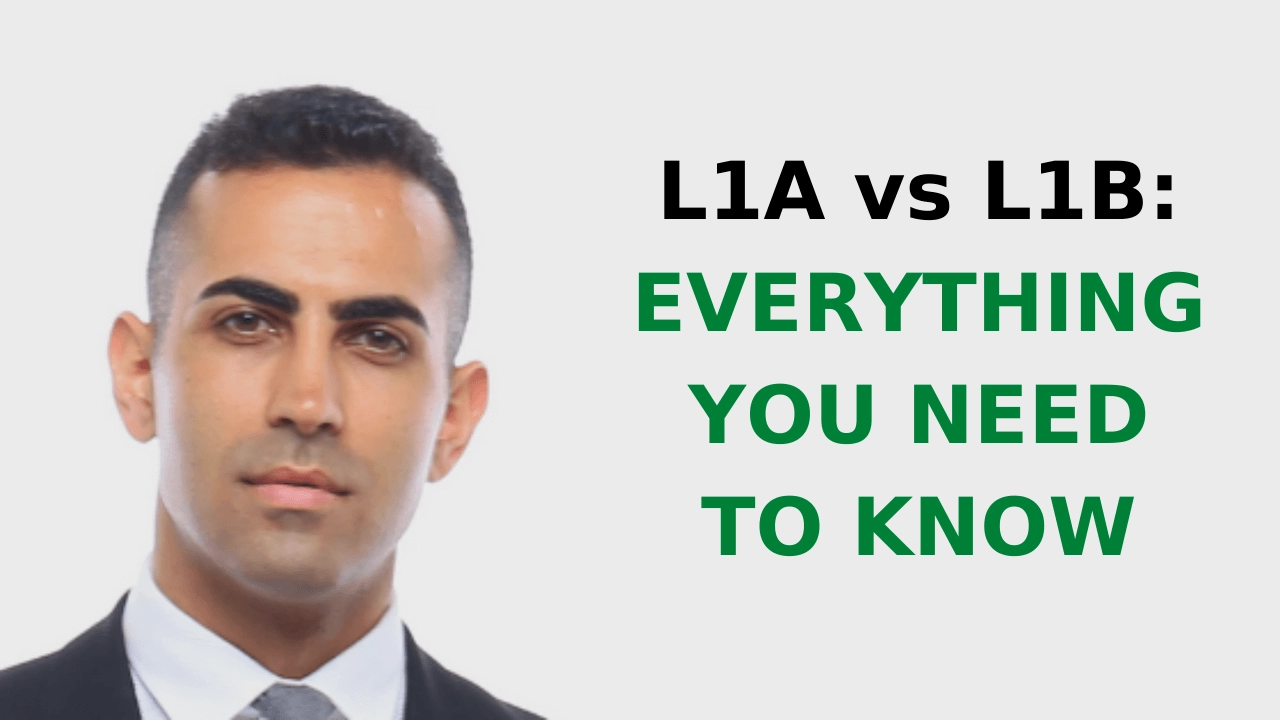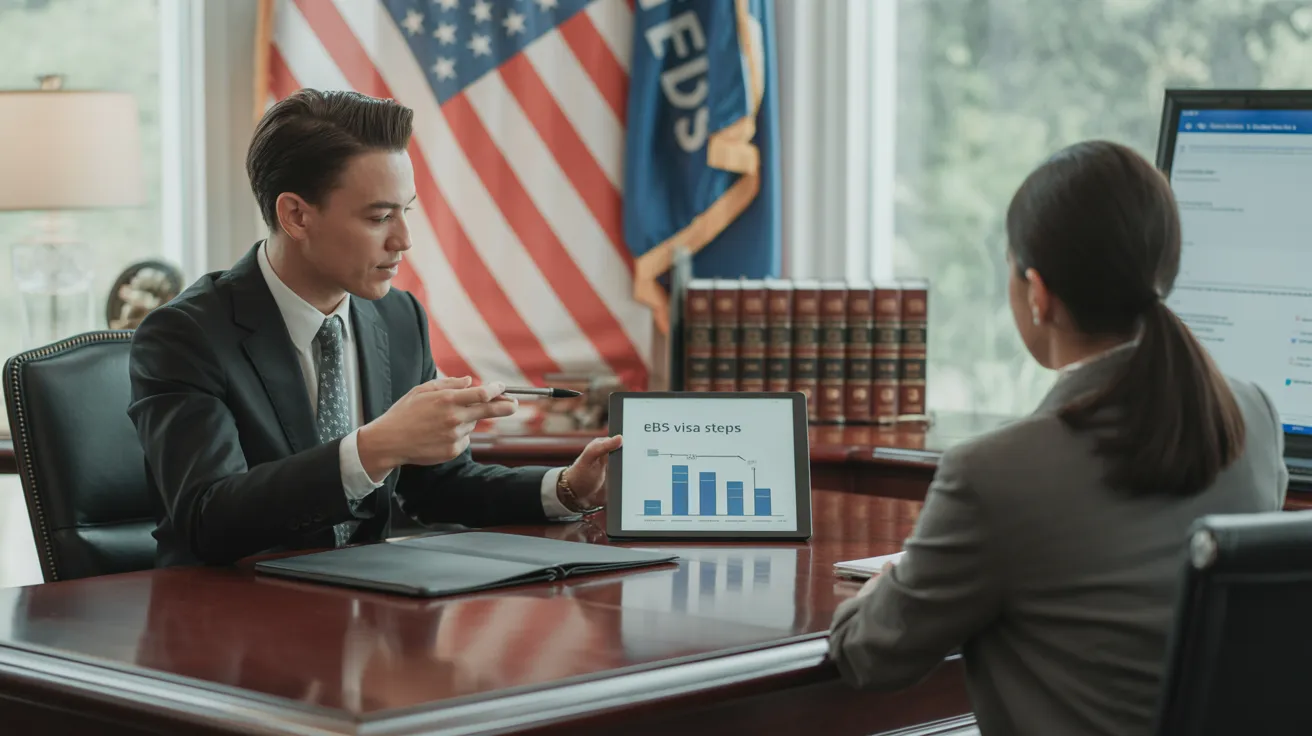L1 Visa for Dummies
Table of ContentsNot known Facts About L1 VisaA Biased View of L1 VisaThe Definitive Guide for L1 Visa5 Simple Techniques For L1 VisaThe Buzz on L1 VisaFacts About L1 Visa Revealed
Readily Available from ProQuest Dissertations & Theses International; Social Scientific Research Costs Collection. (2074816399). (PDF). Congress. (PDF). DHS Workplace of the Inspector General. (PDF). (PDF). "Nonimmigrant Visa Data". Retrieved 2023-03-26. Division of Homeland Safety And Security Office of the Examiner General, "Evaluation of Vulnerabilities and Possible Misuses of the L-1 Visa Program," "A Mainframe-Size Visa Loophole".
U.S. Division of State. Recovered 2023-02-08. Tamen, Joan Fleischer (August 10, 2013).
Rumored Buzz on L1 Visa
In order to be qualified for the L-1 visa, the international company abroad where the Recipient was employed and the U.S. business need to have a certifying partnership at the time of the transfer. The various types of certifying partnerships are: 1.
Example 1: Company A is incorporated in France and uses the Beneficiary. Business B is incorporated in the U.S. and wishes to request the Beneficiary. Firm An owns 100% of the shares of Firm B.Company A is the Moms And Dad and Business B is a subsidiary. As a result there is a certifying connection in between the 2 business and Company B need to be able to sponsor the Recipient.
Business A has 40% of Business B. The continuing to be 60% is owned and regulated by Company C, which has no relationship to Company A.Since Business A and B do not have a parent-subsidiary partnership, Business A can not fund the Recipient for L-1.
Instance 3: Firm A is included in the U.S. and wishes to petition the Recipient. Company B is included in Indonesia and employs the Beneficiary. Firm An owns 40% of Business B. The remaining 60% is had by Firm C, which has no relationship to Firm A. Nevertheless, Business A, by formal agreement, controls and full handles Business B.Since Company A has much less than 50% of Firm B however manages and manages the business, there is a certifying parent-subsidiary partnership and Business A can fund the Beneficiary for L-1.
See This Report on L1 Visa
Company B is integrated in the U.S.
The Only Guide to L1 Visa

The L-1 visa is an employment-based visa category developed by Congress in 1970, enabling multinational companies to transfer their managers, executives, or key employees to their united state operations. It is generally described as the intracompany transferee visa. There are 2 major kinds of L-1 visas: L-1A and L-1B. These kinds appropriate for staff members worked with in different positions within a company.

In addition, the recipient has to have operated in a supervisory, executive, or specialized employee position for one year within the three years preceding the L-1A application in the foreign company. For brand-new workplace applications, international work should have been in a supervisory or executive ability if the recipient is concerning the USA to work as a manager or exec.
Facts About L1 Visa Uncovered

If given for an U.S. company functional for greater than one year, the initial L-1B visa is for as much as three years and can be prolonged for an added two years (L1 Visa). Alternatively, if the united state company is newly developed or has been functional for much less than one year, the initial L-1B visa is issued for one year, with extensions readily available in two-year increments
The L-1 visa is an employment-based visa category established by Congress in 1970, permitting international firms to move their managers, execs, or essential personnel to their U.S. procedures. It is typically referred to as the intracompany transferee visa.
The Main Principles Of L1 Visa
Additionally, the recipient needs to have operated in a supervisory, exec, or specialized worker setting for one year within the three years coming before the L-1A application in the foreign business. For brand-new workplace applications, foreign work needs to have been in a managerial or executive ability if the recipient is coming to the United States to work as a manager or executive.
for as much as seven years to supervise the procedures of the united state associate as an executive or supervisor. If released for a united state firm that has been functional for even more than one year, the L-1A visa is initially given for up to 3 years and can be expanded in two-year increments.
If given for a united state business operational for greater than one year, the first L-1B visa is for up to three years and can be extended for an extra 2 years. Alternatively, if the united state firm is newly established or has actually been operational for less than one year, the initial L-1B visa is released for one year, with extensions L1 Visa attorney readily available in two-year increments.